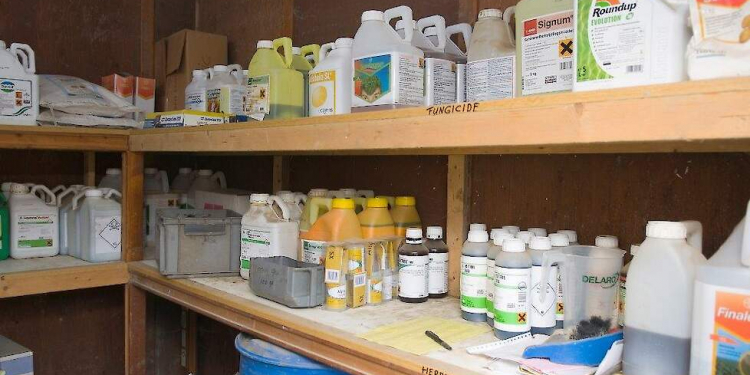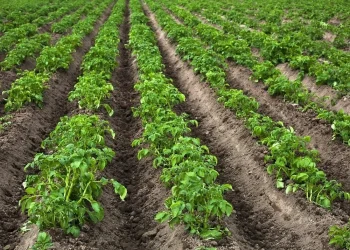Much is still unknown about the effect of crop protection products in agriculture on people and the environment. So says Violette Geissen, professor of Soil Physics and Land Management at Wageningen UR. She heads the large-scale European research project Sprint, which aims to provide more insight.
According to Geissen, the authorization procedures by the European Food Safety Authority (EFSA) and the Dutch Board for the Authorization of Plant Protection Products and Biocides (Ctgb) are based on standards that have hardly changed since the 1980s. The effects of these agents on the soil are measured on only five indicators, while there are more than a million species of soil organisms.
The admission standards are based on theoretical models, not on actual field research. These models assume that pesticides remain on the soil and are eventually broken down there. According to the new research, this is not the case. An inventory carried out in ten European countries found residues of pesticides in 83 percent of agricultural land. Most of the soil samples involved cocktails of sometimes more than ten substances.
Spread through the air
What the standards do not take into account, according to the Dutch researcher, is that pesticides can spread through the air. This is done through evaporation, among other things. Particles can attach themselves to particulate matter that is released when working the land. In this way, pesticides spread over a large area. During a study in Germany two years ago, air samples were taken at 116 locations across the country. They found remnants of 124 pesticides almost everywhere.








